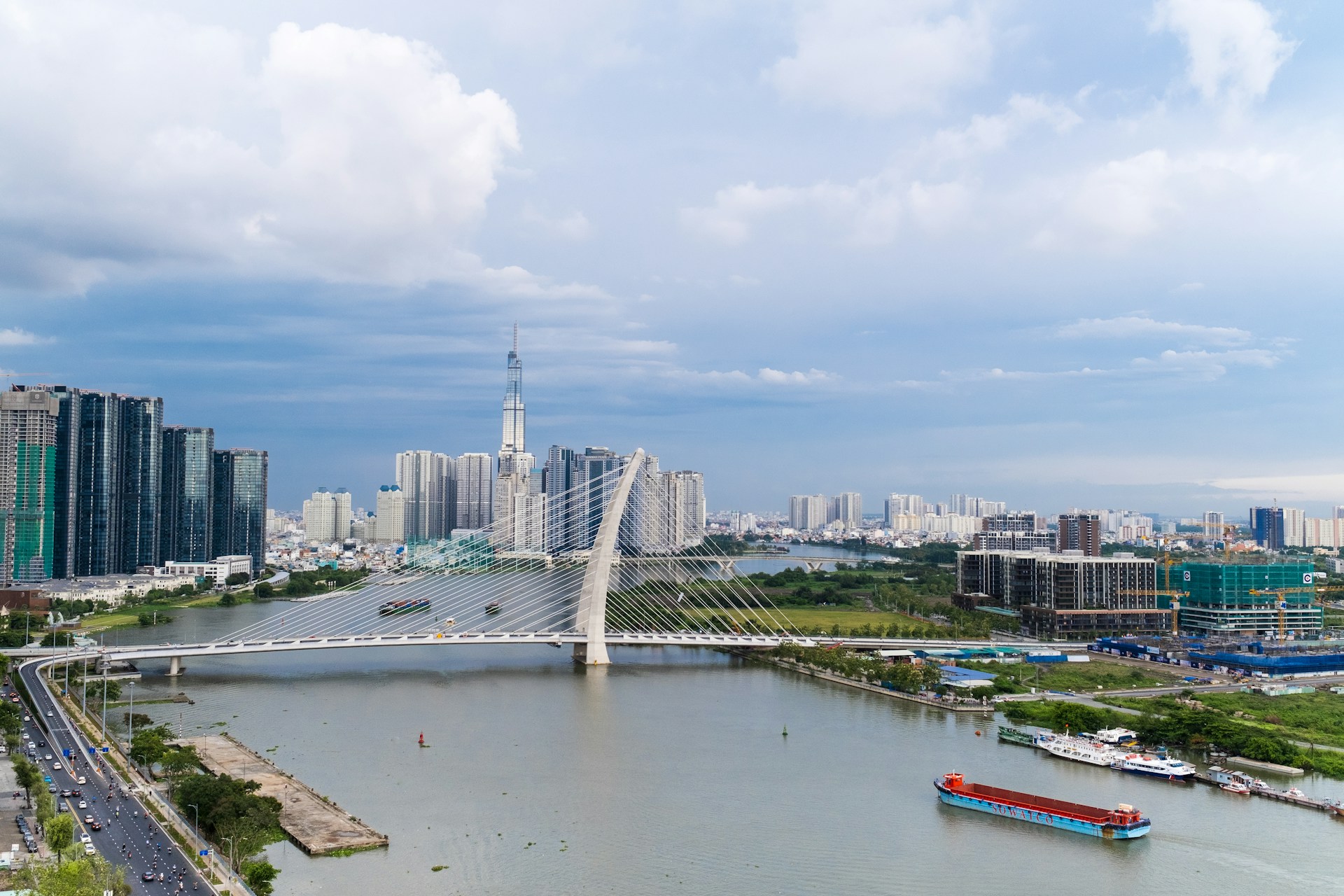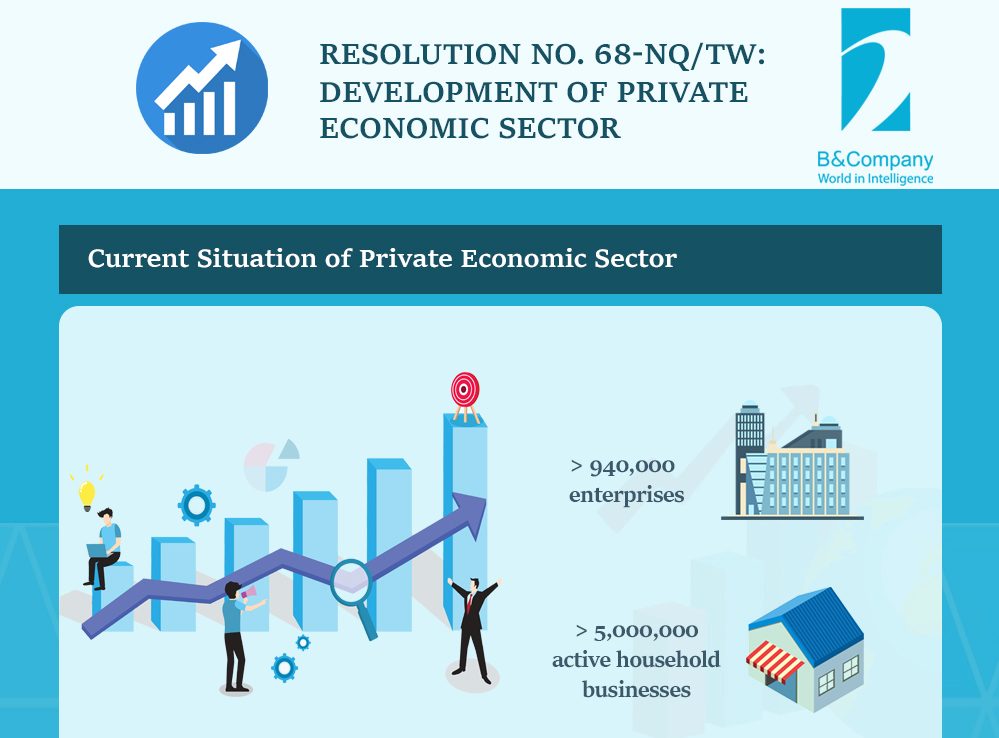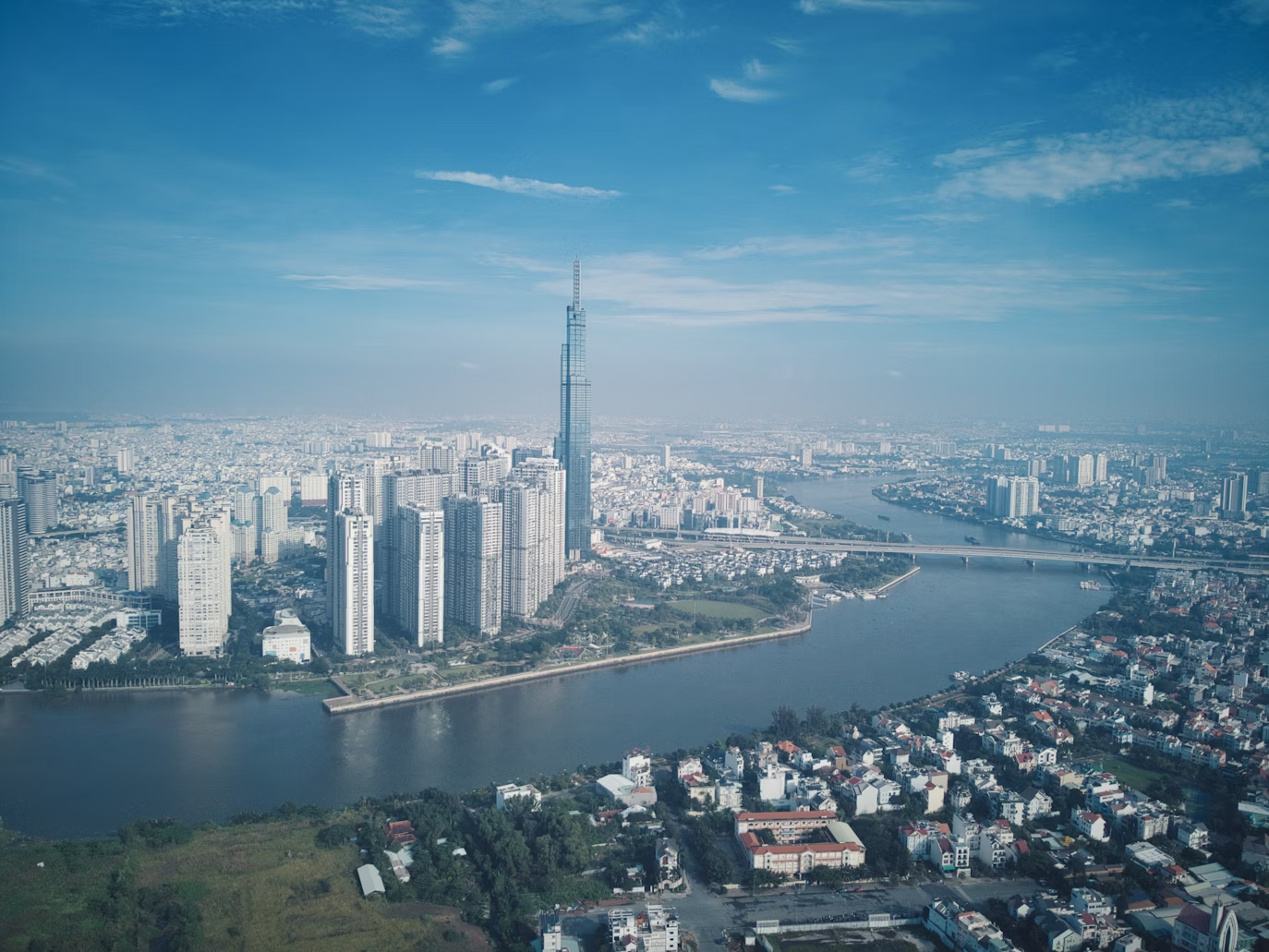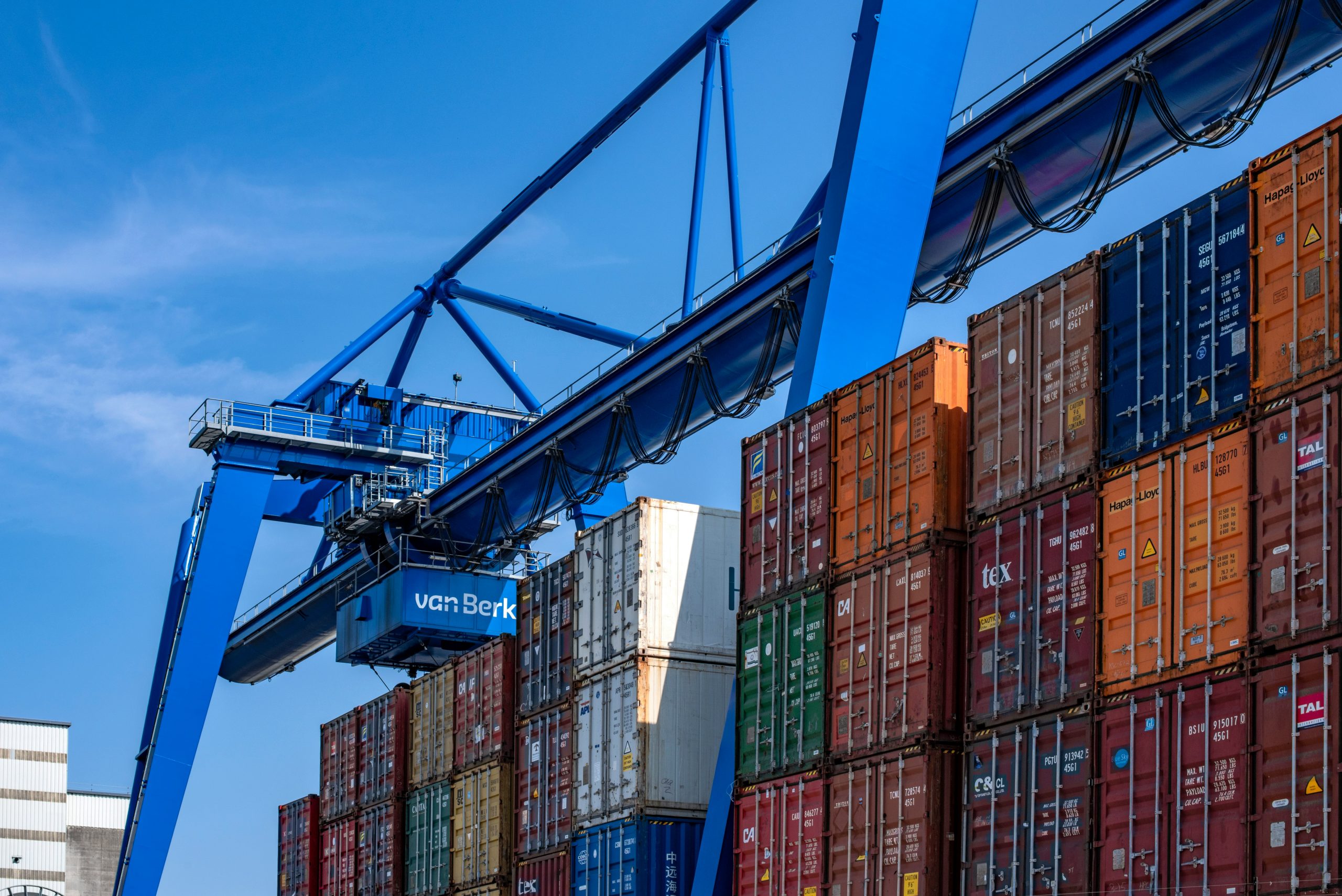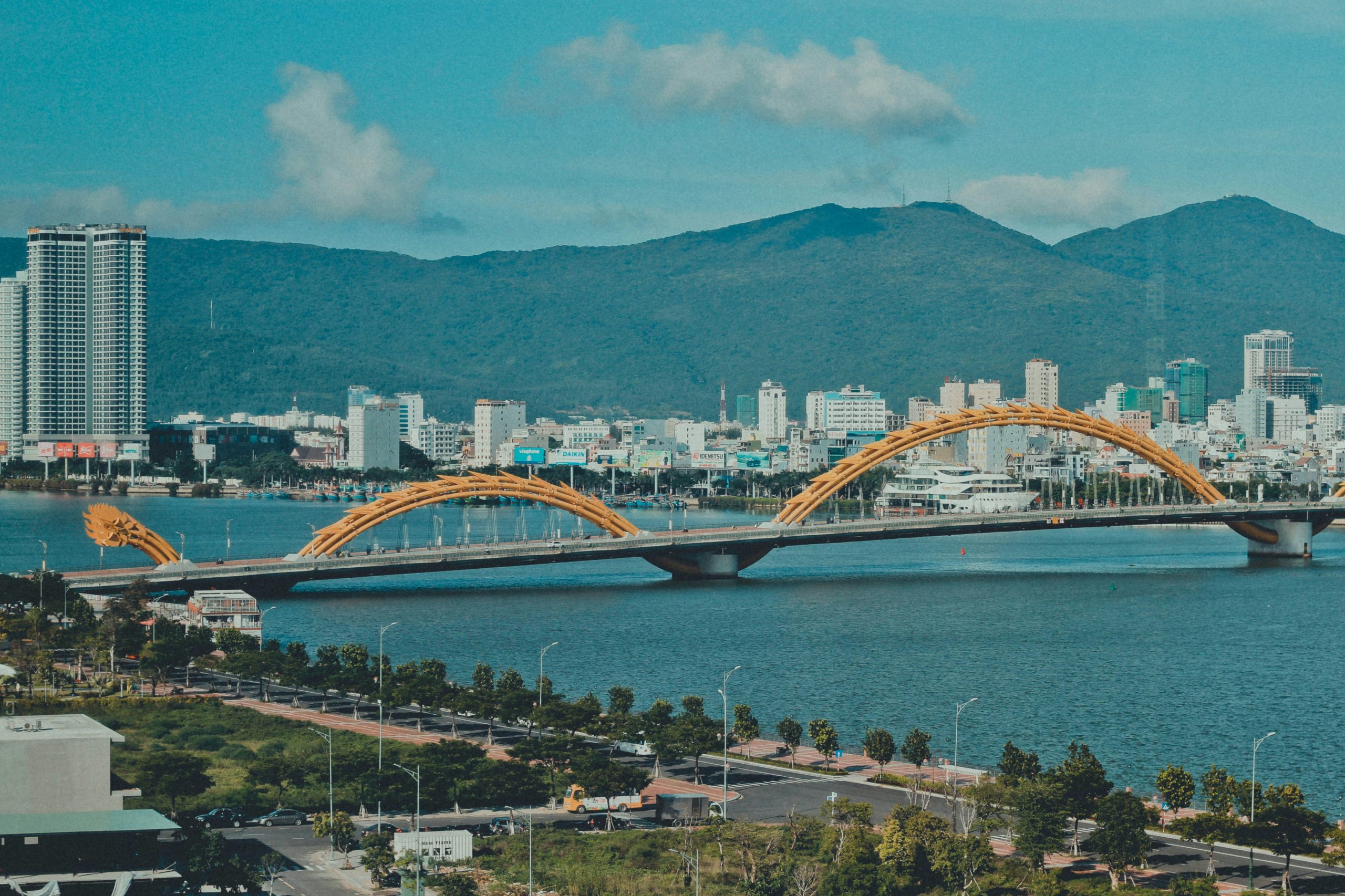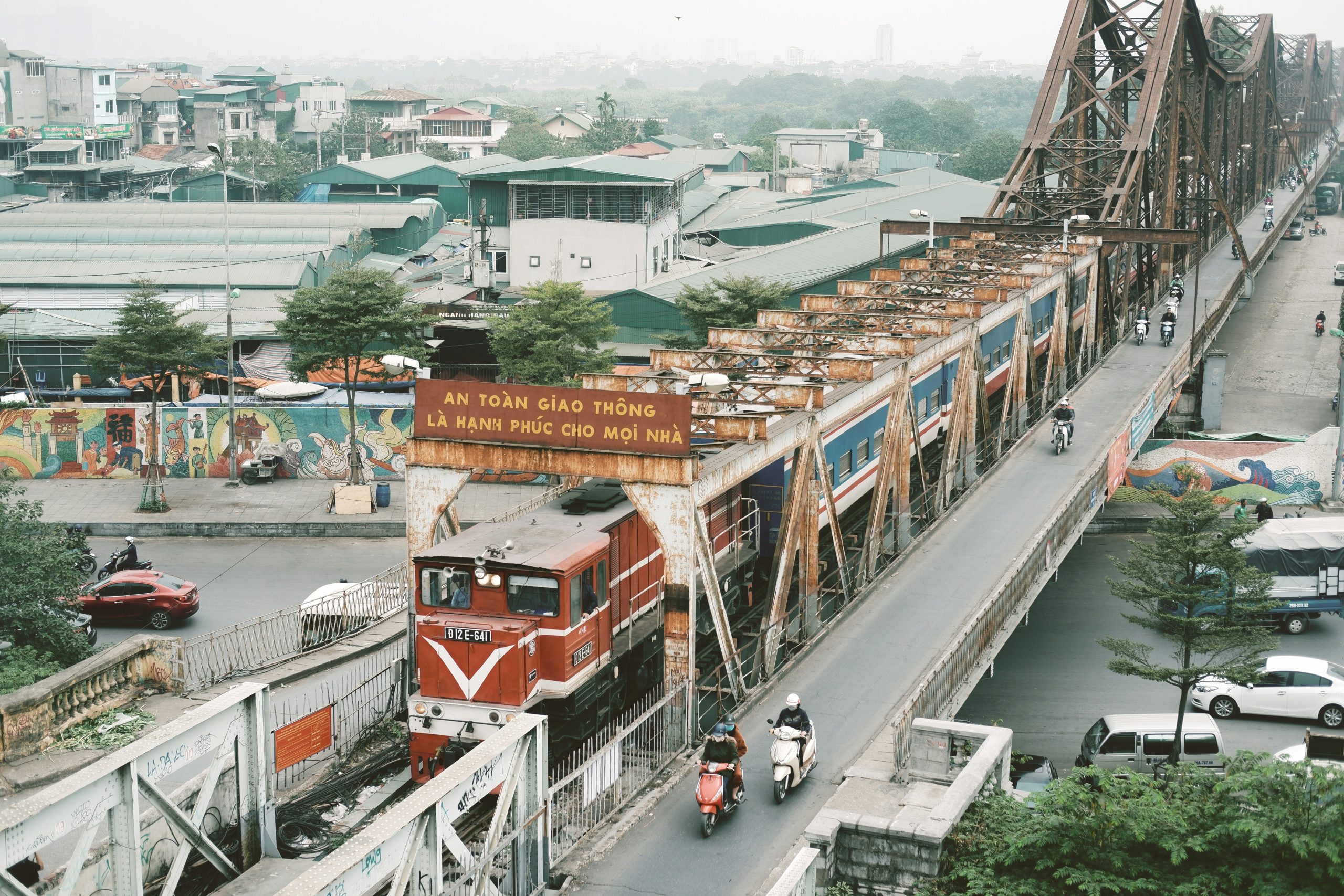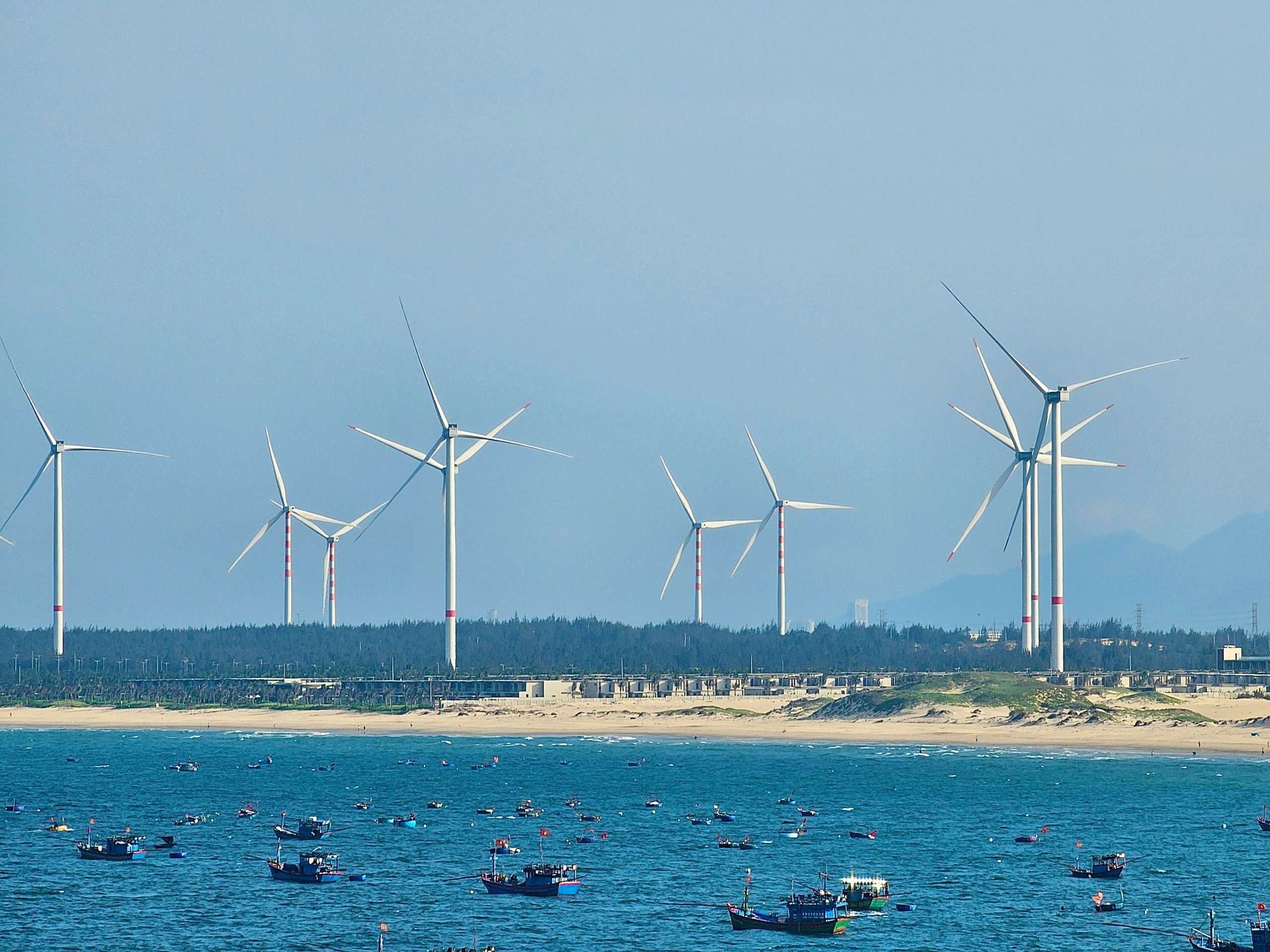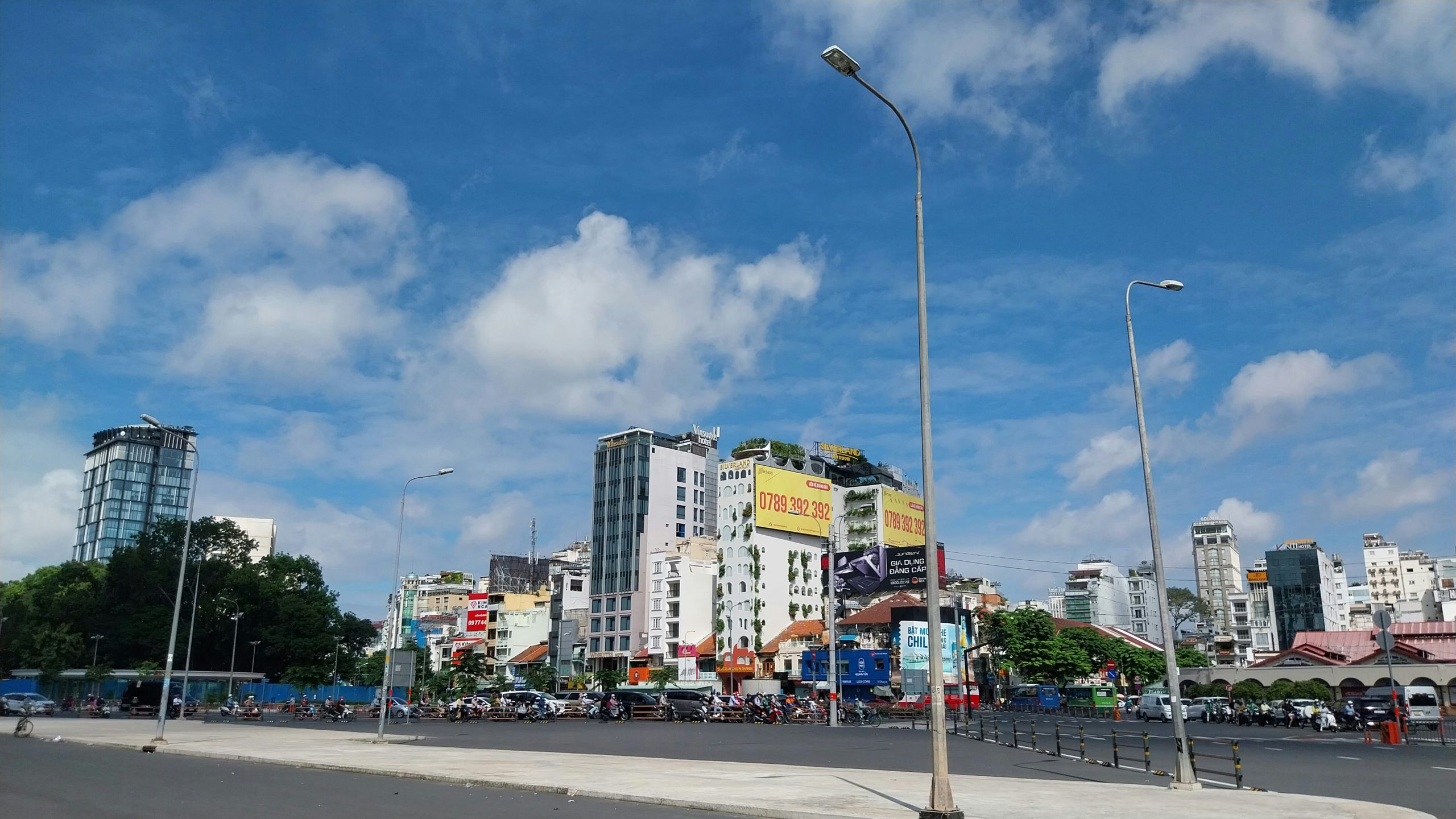
27Jun2025
Latest News & Report / Vietnam Briefing
Comments: No Comments.
As the deadline for the tariff exemption approaches, Vietnam has proactively implemented measures, including policy reviews, trade negotiations, and sector preparations, aiming to minimize disruption and secure future growth. Several meetings between Vietnam and the USA has been held with some progress reported, though specific details or final outcomes about the reciprocal tariff policy have not yet been disclosed. As one of the six countries prioritized by the U.S. for bilateral talks during the 90-day suspension of retaliatory tariffs, Vietnam’s approach has been marked by a constructive stance, opting for dialogue over reciprocal taxes.
Overview
In early April, President Trump announced a retaliatory tariff list targeting a trade partner country. Among them, Vietnam faced the highest tariff rate of 46%, with reasons cited including non-transparent subsidies, relabeling for Chinese goods, and a large trade surplus due to low imports of U.S. goods compared to its exports to the U.S. The implementation of the reciprocal tariff was postponed for 90 days and is set to expire in July 2025. In the context of countries actively pursuing negotiations with the United States, Vietnam has also taken strong measures to promote cooperation with American partners in key sectors such as energy, agriculture, and defense. The final negotiation round just ended on June 12 and discussed a proposal for strategic cooperation that not only narrows the differences between Vietnam and the United States and expands the bilateral cooperation axis in high technology, textiles and footwear, retail [10].
No final decision on the reciprocal tariff rate has been announced following the negotiations yet. However, several agreements have already been established through the negotiation rounds between the two governments. Additionally, major companies from both countries have reached cooperation agreements that could bring significant changes to Vietnam, especially in the energy sector. Below are some key updates in the recent negotiations between the US and Vietnam (update until June 12th,2025):
Timeline of Vietnam–US negotiation progress
Source: B&Company’s compilation
In parallel with the agreements reached during this second round of negotiations, Vietnam has also taken prompt and drastic actions to control goods brought into Vietnam, to address US allegations of relabeling Vietnamese goods, and to distinguish the authenticity of Vietnamese products. Prime Minister Pham Minh Chinh directed the establishment of a special task force and launched nationwide operations targeting smuggling, trade fraud, counterfeit goods, and violations related to product origin and intellectual property rights. [5, 6]. The Ministry of Industry and Trade has recently issued Directive 09/CT-BCT to strengthen state management over the inspection and supervision of goods’ origin. It requires the Import-Export Department and relevant units to upgrade the eCoSys platform—an electronic certificate of origin (C/O) issuance system—by integrating anomaly detection, controlling issuance frequency, and enhancing data authentication capabilities [5]. This campaign sends a strong message of Vietnam’s political will and commitment to fair trade practices.
In addition, over the past months, Vietnam has implemented immediate import tariff reductions on a wide range of U.S. goods, open the pathway for US agricultural goods to Vietnam market. These measures took effect immediately and primarily cover products in key sectors of American export goods, such as agriculture, chemical materials, and energy.
Table of tax adjustments for some imported goods from the US
| Products | Current MFN tariff rates (%) | Adjusted rate (%) |
| Certain types of automobiles | 45 – 64 | 32 – 50 |
| Ethanol | 10 | 5 |
| Frozen chicken drumsticks | 20 | 15 |
| Pistachios | 15 | 5 |
| Almonds | 10 | 5 |
| Fresh apples | 8 | 5 |
| Sweet cherries | 10 | 5 |
| Raisins | 12 | 5 |
| Certain wood products | 20 – 25 | 0 |
| Liquefied natural gas (LNG) | 5 | 2 |
| Ethane | – | 0 |
| Corn kernels | 2 | 0 |
| Soybean meal | 1 – 2 | 0 |
* MFN: Most Favored Nation
Source: Decree 73/2025/ND-CP dated March 31, 2025
Predicted impacts on Vietnam
As Vietnam continues negotiations with the United States to avoid the implementation of retaliatory tariffs, improving product quality and aligning with international standards have become critical components of its broader trade strategy. Many of the concerns raised by the U.S.—such as relabeling Chinese goods, lack of transparency in subsidies, and trade imbalances—are deeply linked to issues of product origin, environmental compliance, and safety standards. Therefore, Vietnam’s efforts to eliminate the use of harmful chemicals, promote sustainable practices, and enhance traceability are not merely about meeting market demand—they serve as concrete evidence of Vietnam’s political will and commitment to fair trade.
These MoUs and lower energy tariffs are expected to support Vietnam’s Net Zero goals and strengthen its role in global clean energy efforts. Beyond providing capital and technology, U.S. cooperation helps enhance Vietnam’s energy capacity through LNG imports, biofuels, nuclear collaboration, and advanced technologies [4]. This cleaner, more diverse energy ecosystem lays the foundation to attract and retain foreign investors. As FDI becomes vital to GDP, Vietnam must also improve domestic competitiveness to retain manufacturers amid global tax and labor competition. A stable, transparent energy system not only reduces production risks but also helps Vietnamese goods meet stricter environmental standards and expand into new markets.
Vietnam’s reduction of import tariffs on U.S. agricultural goods—mainly corn, soybeans, and feed materials—signals a pragmatic shift in trade policy aimed at defusing tensions with Washington and avoiding punitive duties. Given the widening trade surplus with the U.S., this gesture is interpreted as a strategic adjustment to preserve economic ties. Although these imports largely fill gaps in domestic supply rather than compete with local products, concerns over growing dependency on American sources warrant close attention. Proactively expanding the presence of Vietnamese agricultural exports in the U.S. market will be equally vital to achieving a more resilient and mutually beneficial trade balance.
Similarly, the cut in import duties on American automobiles—from an MFN rate of 45–64% to roughly 32%—forms part of a broader economic diplomacy effort to narrow trade imbalances and reduce the likelihood of retaliatory action. However, the immediate market impact may be modest, as U.S.-made vehicles cater to a niche high-end segment and remain subject to additional taxes that inflate final prices. At the same time, the domestic auto industry continues to rely heavily on foreign parts, underscoring the need for more robust policy support as Vietnam navigates a rapidly evolving global supply chain landscape.
Vietnam–US negotiation
Source: Government News
Implications
For the Vietnamese government, the threat of punitive tariffs signals that cheap labor and loose regulations are no longer enough. It underscores the urgent need to boost trade transparency and enforce laws on origin fraud and IP protection. While U.S. pressure poses short-term risks, it also opens doors for deeper cooperation, especially in clean energy. MoUs on LNG and biofuels bring vital capital and technology, laying the groundwork for a greener, more resilient economy. In a trade landscape shaped by ESG rules, green infrastructure is not optional. To stay competitive and keep investors, Vietnam must quickly shift from low-cost exports to high-standard manufacturing.
For Vietnamese businesses, the low-cost, low-standard model is no longer sustainable. ESG compliance is now essential for market access and long-term growth. Companies that don’t adapt risk being excluded from global supply chains as buyers and investors favor transparent, low-carbon, tech-driven partners. To stay competitive, firms must invest in cleaner production, digital traceability, and international partnerships. This shift is not just regulatory, it’s vital for survival.
Vietnam’s recent decision to reduce import tariffs on a wide range of U.S. goods—particularly in the areas of agriculture, energy, and high-tech manufacturing—is more than a gesture of goodwill; it is a calculated strategic pivot. In the short term, these tariff reductions aim to de-escalate tensions with Washington and avoid the risk of retaliatory duties. The prioritization of tariff cuts for supplementary rather than directly competitive products reflects a deliberate shift in supply chain logic—one that seeks to meet partner expectations while simultaneously reinforcing domestic production capabilities. However, this move also carries a deeper warning: without a rapid enhancement of internal capacities, Vietnam risks entering a new form of dependency, where access to global markets may come at the cost of reduced policy autonomy.
Conclusion
While the potential imposition of U.S. tariffs presents considerable risks to Vietnam’s exports, it also creates opportunities to reshape and deepen economic cooperation between the two countries. Recent high-level engagements have opened promising pathways—particularly in sectors such as energy and chemical materials—reflecting a shared willingness to strengthen bilateral ties. Vietnam, for its part, is making active efforts to narrow its trade surplus with the U.S. through tariff adjustments and structural reforms aimed at achieving a more balanced and sustainable trade relationship.
However, with half a month left before the 90-day suspension of the announced tariffs expires, time is running short. Despite positive signals from negotiations, Vietnamese exporters remain vulnerable, and the risks are far from over. The Vietnamese government is working urgently to resolve the remaining issues, while businesses are accelerating efforts to diversify export markets and raw material supply sources. These measures are crucial in mitigating potential disruptions, minimizing dependency on any single market, and demonstrating Vietnam’s commitment to constructive engagement with the U.S.
References:
- Nguoi Lao Dong. Vietnam officially starts tariff negotiations with the U.S.
- Nguoi Quan Sat. Tariff negotiations unresolved, Deputy Minister of Public Security visits U.S. to discuss helicopter purchase.
- Nguoi Quan Sat. Vietnam restarts nuclear energy, top U.S. corporations ready for technology transfer cooperation.
- Vietnam’s VietJet to sign aircraft finance deal, boost cooperation with Boeing, document says
- Sai Gon Giai Phong. Tightening traceability to protect Vietnamese goods.
- Tap chi Cong Thuong. Prime Minister launches peak campaign against smuggling, trade fraud, and counterfeit goods.
- Vietnam Government. Decree 73/2025/ND-CP amend preferential import duty rates in Preferential Import Tariff Schedule under Decree 26/2023/ND-CP
- vn. Starlink satellite internet’s backbone in Vietnam.
- Meeting of Vietnamese Minister, U.S. Trade Representative achieves positive results
- The third trade negotiation round between Vietnam and the United States achieved significant progress.
* If you wish to quote any information from this article, please kindly cite the source along with the link to the original article to respect copyright.
| B&Company
The first Japanese company specializing in market research in Vietnam since 2008. We provide a wide range of services including industry reports, industry interviews, consumer surveys, business matching. Additionally, we have recently developed a database of over 900,000 companies in Vietnam, which can be used to search for partners and analyze the market. Please do not hesitate to contact us if you have any queries. info@b-company.jp + (84) 28 3910 3913 |



















